 The Terra satellite
was launched in 1999 as the flagship of NASA’s Earth science missions.
The satellite provides data on trends in global carbon monoxide and
other pollutants as well as monitoring the atmosphere, land, ice, and oceans.
The image above shows the extent of the Deepwater Horizon oil slick
(the grey galaxy-shaped spot) in the Gulf of Mexico in 2010. (NASA Earth Observatory/Jesse Allen)
The Terra satellite
was launched in 1999 as the flagship of NASA’s Earth science missions.
The satellite provides data on trends in global carbon monoxide and
other pollutants as well as monitoring the atmosphere, land, ice, and oceans.
The image above shows the extent of the Deepwater Horizon oil slick
(the grey galaxy-shaped spot) in the Gulf of Mexico in 2010. (NASA Earth Observatory/Jesse Allen)
Earth-observing satellites have completely changed our understanding
of our planet and ourselves. But the ability of U.S. scientists to track
tornadoes, volcanoes, tsunamis, and climate change from space is now in
a steep decline.
“The nation’s Earth observing capability from space is beginning to
wane as older missions fail and are not replaced,” according to a
new National Research Council report, released May 2 as an update to a 2007 decadal report on Earth-observing capabilities.
While roughly 22 satellite or satellite systems run by NASA, NOAA,
and the USGS are currently in orbit, that number could drop to only six
by 2020. Of the 18 missions recommended in the original 2007 report,
only two have specific launch dates.
This is a
dire situation,
considering that the U.S. relies on this network of satellites for
weather forecasting, climate change data, and important geologic and
oceanographic information – not to mention the thousands of amazing pictures of our home planet.
Weather-related damage from wildfires, flooding, tornadoes, and heat
waves resulted in nearly 600 fatalities and cost the economy
approximately $50 billion in 2011, but this number would have been even
greater without satellite observations.
Many factors have contributed to this situation, including delays,
launch failures, and changes in mission design and scope. But the
primary reason is a lack of funding.
The original 2007 report had hoped the Earth-observing program would
receive roughly $2 billion per year, the same as it got in 2002. But
because of ongoing federal austerity, the budget in 2007 was instead
$1.3 billion and it has never risen above $1.5 billion since. While $2
billion may seem a steep price,
John McQuaid at Forbes points out that it is “less than dozens of tertiary Defense Department tech programs, or the cost of one super-secret giant NSA data-processing center.”
Earth-observing satellites have hundreds of uses. They are used to
monitor groundwater for agriculture, assess forest timber productivity,
observe sea level rise, provide an overview of air pollution, and have
even helped predict weather conditions that contributed to military
operations in the Middle East.
Here, Wired takes a look at the current fleet of Earth observing
satellites and shows how each has given us a better understanding of our
world.




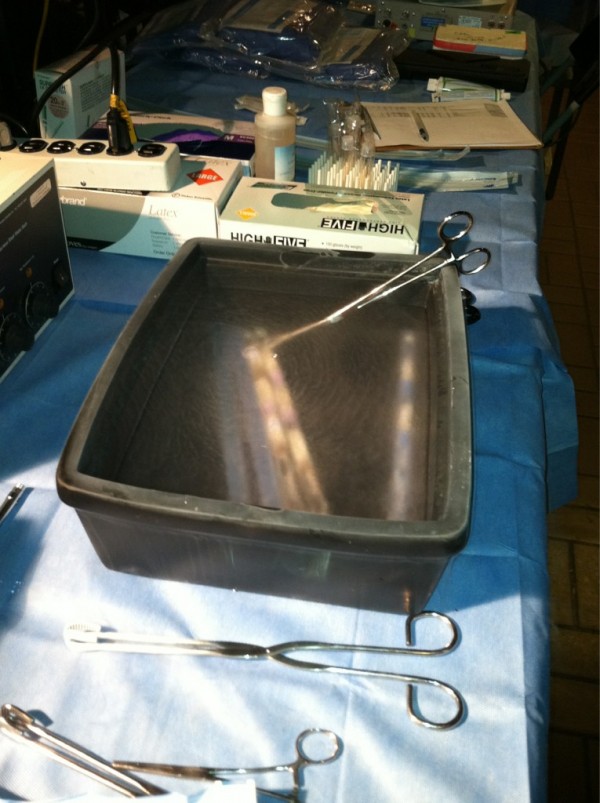
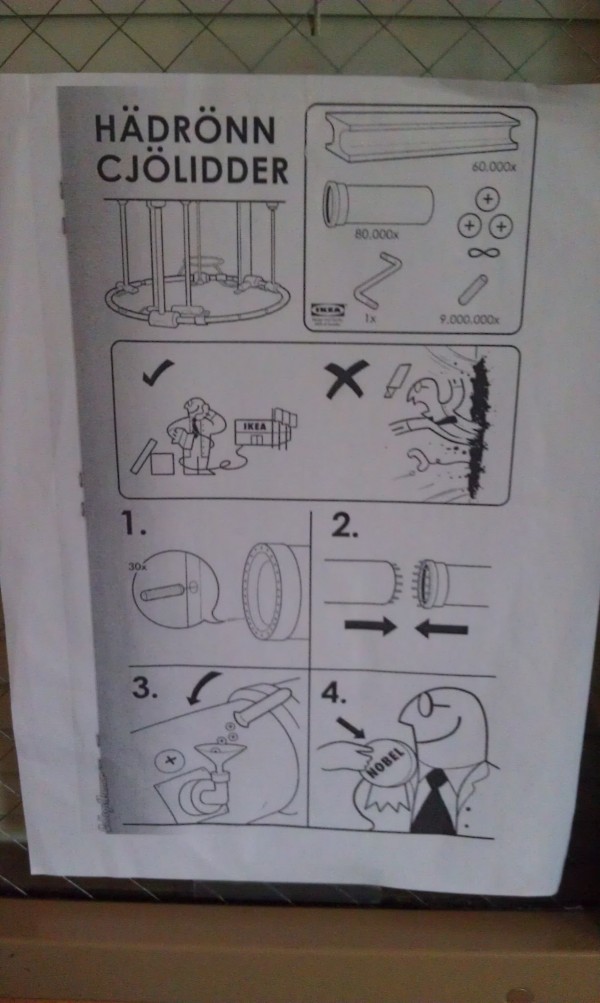
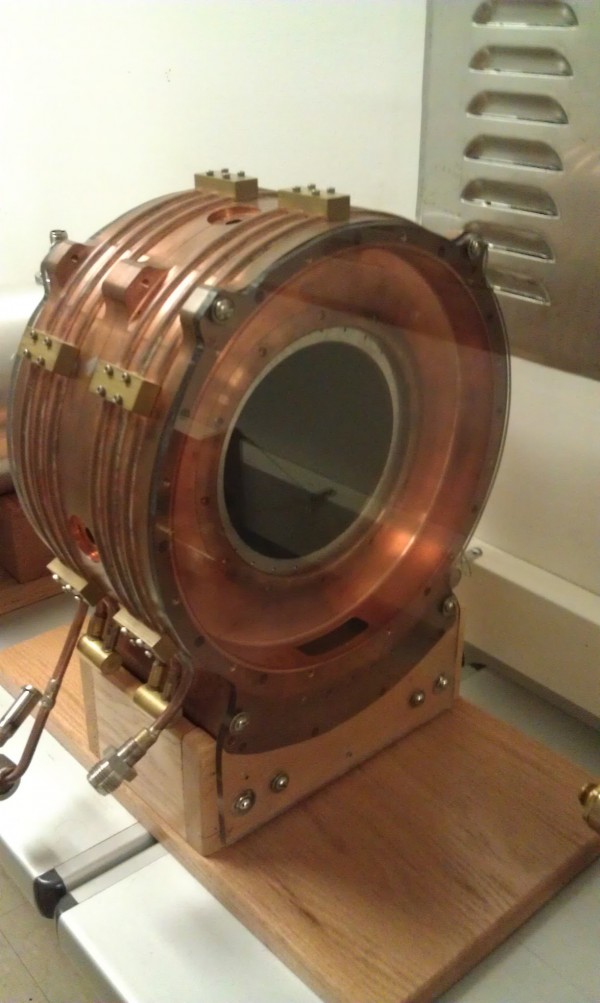
 Cycloptopus is a fearsome hybrid of two of my favorite monsters, one
real, one mythical. This creature is particularly dangerous because of
its irritability. You’d be irritable too if you were powered by an open
flame and your body was made of wood.
Cycloptopus is a fearsome hybrid of two of my favorite monsters, one
real, one mythical. This creature is particularly dangerous because of
its irritability. You’d be irritable too if you were powered by an open
flame and your body was made of wood.
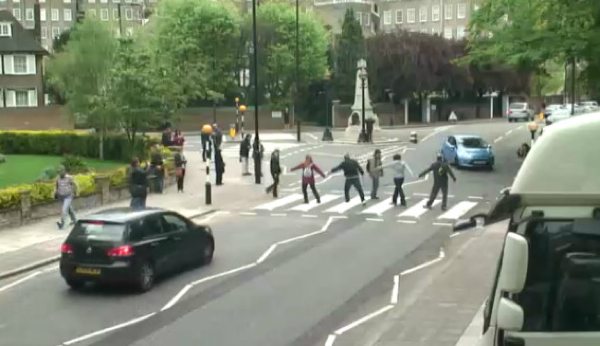

 The
The 



 A jury has ruled that Google infringed on Oracle’s copyrights in
building a new version of the Java platform for its Android mobile
operating system, but it was unable to reach a decision on whether this
infringement was acceptable under the law.
A jury has ruled that Google infringed on Oracle’s copyrights in
building a new version of the Java platform for its Android mobile
operating system, but it was unable to reach a decision on whether this
infringement was acceptable under the law.
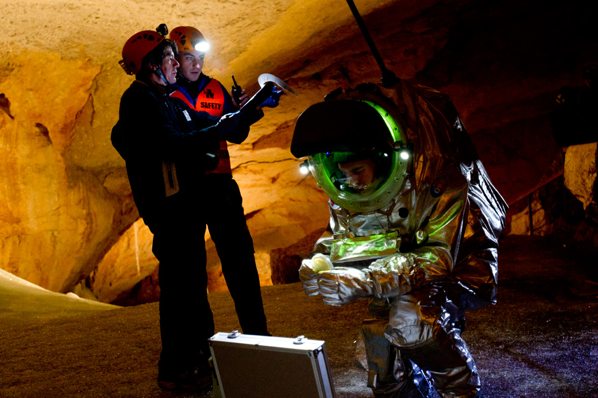
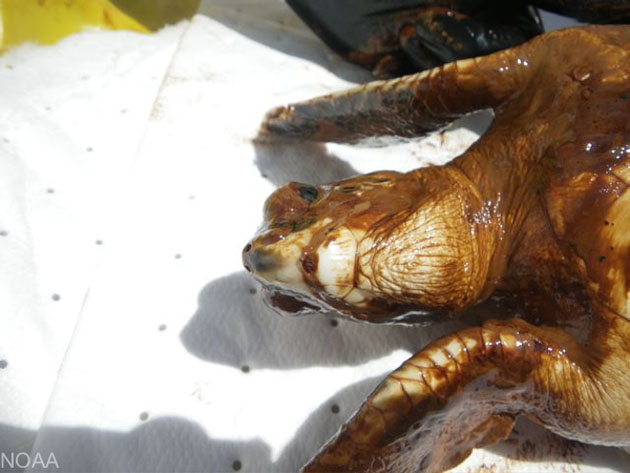


 Concept for a much-needed safety pin with flash storage. The
Concept for a much-needed safety pin with flash storage. The 

